(Pictured above: The opening segment from Madonna’s MDNA Tour.)
Recently, I attended Sunday Mass at a Southern California Catholic parish that also advertises an active LGBT ministry. The church was located in a rather well-to-do beach community and the congregation that day was a mix of locals and tourists. I noticed that most of those in attendance were older women and a few husbands that looked dragged along. I saw only a few younger (fortysomething) parents with antsy and bored middle-school aged children. And while I attempted a few moments of prayer before the beginning of Mass, any sort of even cursory recollection was almost impossible as the building echoed a cacophony of constant chatter by the parishioners. Giving up, I sat down and took a good look around at the church interior. There was a remarkably beautiful Spanish-style crucifix overlooking the sanctuary. But because of the way the sanctuary was designed, with the altar pushed forward into the congregation, the crucifix felt oddly isolated. The tabernacle? You had to make an effort to see it. In general, it was confusing and inharmonious.
Yet, before Mass even began, I knew I was in for trouble when I spotted the throng of older women scurrying about the altar. They paid no mind to the semi-obscured tabernacle that they kept obliviously walking in front of. In the midst of this flurry of activity, the female cantor directed the congregation on the song selection. My shoulders visibly dropped when she went through a repertoire taken exclusively from the St. Louis Jesuits. I thought these banal and insipid offerings had been left behind in the 1970s era of the laughing hippie-Jesus. Apparently not. I instantly recalled those songs from my childhood in parochial school, and, for the most part, they endured into the 1980s when I was a teenager and occasionally forced to attend Mass with my parents. Then, I thought they were simpering and simplistic to the point of being babyish – it created an impression of Christianity as stuck in a sort of Jesus freak love-in.
The lector at Mass was also an older woman. When she read, her inflections were so affected that it became bad performance art. Once the priest finally materialized to proclaim the Gospel, he seemed like an afterthought. Though sincere, his homily was earth-bound and forgettable. For the most part, he recounted some semi-humorous anecdotes and his cute personal experiences from the week. The women in the congregation smiled and laughed while I thought back to the priests I remembered as a kid who methodically recounted their Saturday golf-scores from the pulpit.
During the Liturgy of the Eucharist, the priest was assisted by a teenage girl who arranged a series of massive flat clear glass dishes on the table-like altar. Next to the chalice was a large Kool-Aid pitcher filled with light pink wine. He Consecrated everything and then a female minister poured the Precious Blood into various glass goblets while the priest grabbed a handful of hosts and divided them among the various dishes. For a moment, I thought I was at a picnic.
Afterwards, everyone rushed out or hung around the aisles and talked loudly. I sat there and looked at an immense pile of “dirty dishes” left on the credence table; there were no ablutions after Communion. The teen girl put everything on a tray and mightily tried to pick up the entire lot so she could carry everything at one time back to the sacristy, but she couldn’t and made two or three trips. I thought: This is it. No wonder I went to gay.
In the 1970s post-Vatican II Catholic Church in sunny California, I grew up in a religion devoid of mystery, reverence, and sacredness. We sang contemporary pop-songs in Church: ranging from the frantic “Day By Day” to the incredibly bleak “The Sound of Silence.” The Church itself was built in the round with poured concrete. It was large, but ugly. Inside, there was no crucifix or statues. As I got older, the Mass and the priests got looser and increasingly interpretive while the number of people in the sanctuary grew exponentially. I remembered the priest sometimes asking us kids to join him during the Eucharist as we held hands, forming a circle around the altar. Even as a child, this felt forced and stupid.
At home, I made a little shrine in my bedroom. I had candles, flowers, and a chipped painted statue of an unidentified Saint– the plaster figurine had been one of the few possessions my dad brought with him from Sicily when he immigrated to the US. I didn’t know any prayers, but I would kneel down and pretend to pray. As a boy, I was fascinated by Hollywood religious epics: “The Robe,” “Ben-Hur” and “Becket;” and particularly with the images of monks and nuns. In the Charlton Heston film “El Cid,” one scene stuck in my head – a funeral where an ornate crucifix is suspended over the dead body of the King. These movies, which largely continue to captivate “gay” men, are repositories of a somewhat lost and longed for world.
As a confused young man who didn’t know if he was “gay,” I searched for meaning and myself within the bars, bathhouses, and discos of San Francisco. What I unexpectedly found there was a religiosity and sense of the sacred that I never saw in the Catholic Church. Although this false sanctity was merely a simulacrum of the actual beauty and holiness to be found in the Liturgy and Tradition – it was nevertheless a feast for the eyes to those who never new reverence. For contained within the often perverse sexual practices, which frequently became reenactments of martyrdom, there existed an ever-present discipline and veneration for unspoken rubrics. Rather quickly, I was confirmed with a set of doctrines; usually transferred to younger men by the older and more experienced. I came to understand who I was and that I inexplicably shared a bond with others who were like me and believed as I now did. Fundamentally, our communal worship centered on the incarnation of god in the male body.
One seminal moment took place at a gay dance club. I walked into the place and immediately heard the hit single “Sadness” by Enigma; a low-key electronic song heavily laden with male Gregorian chants. I had no idea that this music formed the rich history of the Faith I was raised in. Right away, I joined the throng of other men on the dance floor. Suddenly, the music stopped and the lights shut off. Overhead, a few spotlights pointed towards some descending steel cages. The music started up again. Inside each cage were a single nearly naked gyrating man, each only wearing a jock strap, their muscular torsos and legs covered with neon-colored glow-in the dark body paint. It was like a heavenly vision coming down from the celestial realm. This was a purified and refined existence, separated from the overly-feminized world of soft Christianity. The abandonment of the masculine in sacred space had created this very hardcore swerve towards all-male idolatry. Looking back, it was sad, but also magnificent in its Baroque splendor; mimicking the ornately decorated ceilings of Spanish cathedrals.
The next time I would experience anything so powerful was during Madonna’s Blond Ambition Tour, during which she sang “Like a Prayer.” The song itself, and the controversial music video, were a mix of traditional Catholic imagery combined with modern pornography. At her concert, Madonna featured “Like a Prayer” on a stage lit with an overhanging cross; with her male dancers dressed as monks. Over two decades later, Madonna would revive this motif, on a much grander scale, during the opening of her MDNA Tour; here, eerily similar male dancers in red robes swing an immense censor over the audience as Madonna emerges from a floating tabernacle. Raised a Catholic during the chaotic and transitional period of the 1960s into the 70s, Madonna instinctively understood the immense thirst for sanctity within her generation, and she exploited it. Those especially vulnerable to this new religion were “gay” men.
Implicit within the cult of male homosexuality was an immense homage and reverence for the glorified male body. It was the means by which the individual worshipper could touch and take inside of themselves the divine. At its essence, it’s a tragic corruption of the Eucharist. But instead of delivering life, this deception literally deposited death within gay men in the form of AIDS. Only, for those who, like myself, experienced religion in childhood as an unmemorable common prayer service, the mysterious holiness experienced during these encounters of the flesh were a revelation.
After over ten years of searching for the mystical Holy Grail in homosexuality, what I thought would be an unbelievably powerful sexual encounter which once-and-for-all could heal my unhappiness, I curiously turned back to the Catholic Church. I desperately hoped things had changed. At least where I initially went, I discovered a Mass that had become even more reductionist and female laity-driven with the priest as momentary facilitator. Depressed and increasingly despondent, the Lord guided my footsteps to the Traditional Latin Mass. There, I found the authentic realization which was bastardized in homosexuality. Yet, instead of always feeling empty and further isolated, as I did after approaching the false gods of gay, I felt immensely fulfilled and at-ease. I finally found God.
For some, drugs, materialism, and entertainment, which has become increasingly occultist with the likes of Lady “Judas” Gaga and Katy “ET” Perry, serve as surrogate sources of “holy” inspiration and refuge. Sadly, the Catholic Church contains the fullness of Man’s desires, but has failed to convey them since sacredness was replaced by accessibility. For me, this was symbolized when the simpering figure of Christ depicted in “Godspell” was held up as the exemplar. In attempting to create a “Personal Jesus,” some in the Church merely succeeded in making Christ wholly ordinary. For this reason, many Catholics, specifically those who never knew it, are attracted to the Latin Mass; still, others are enthralled with the mystery of Orthodoxy, which has experienced its owns struggles throughout history, albeit kept the Liturgy largely intact.
For those boys who already feel alienated from masculinity, the lack of the sacred within Christianity will cause homosexuality to remain highly appealing. This is largely due to the fact that the Liturgy has become female laity drive; because emotionalism and a need for endless discussion has replaced a clear and concise presentation of the Truth; and in the utter disbelief and lack of reverence for what should be regarded as undeniable and sacred – the Body of Christ. Conversely, in male homosexuality, there is a respect (deep admiration) for the masculine; a dedicated and precise transmission of the “truth;” and a deep veneration for what they perceive as the mystical body. Yet, these are ultimately illusions that keep us from our true objective. Saint John Paul once said: “It is Jesus that you seek when you dream of happiness; He is waiting for you when nothing else you find satisfies you; He is the beauty to which you are so attracted; it is He who provoked you with that thirst for fullness that will not let you settle for compromise…”
“O God, you are my God, for you I long
For you my soul is thirsting.
My body pines for you
Like a dry, weary land without water.
So I gaze on you in the sanctuary
to see your strength and your glory.” (Psalm 63: 1-2)
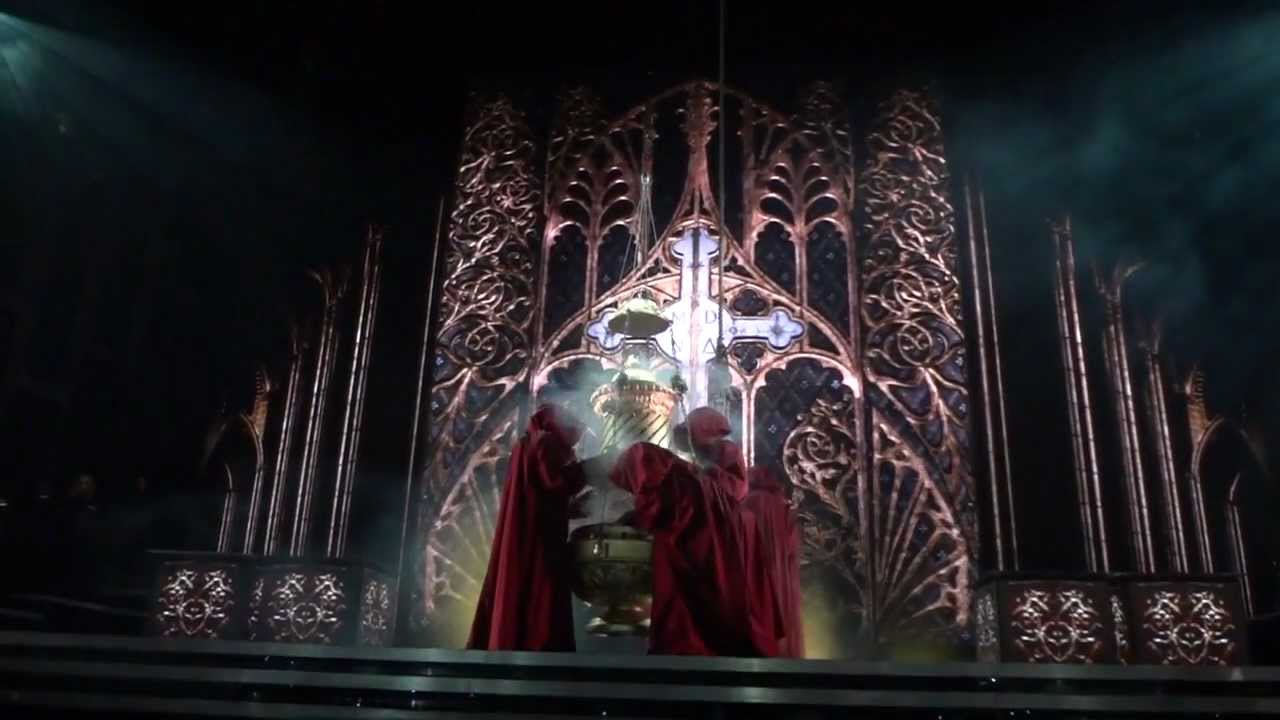
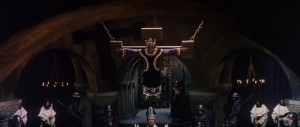
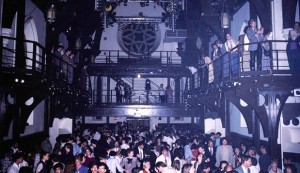
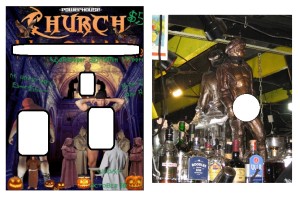
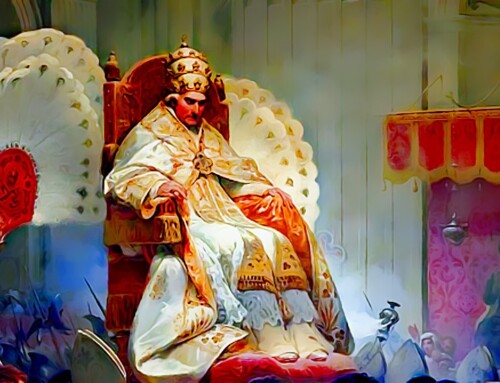
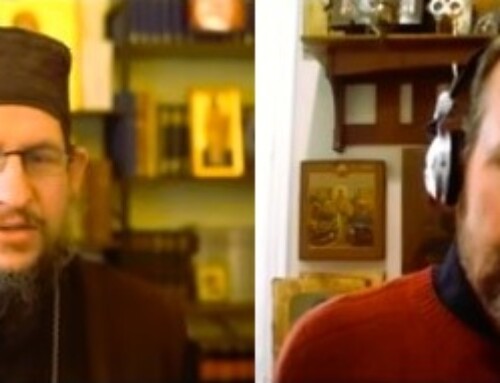
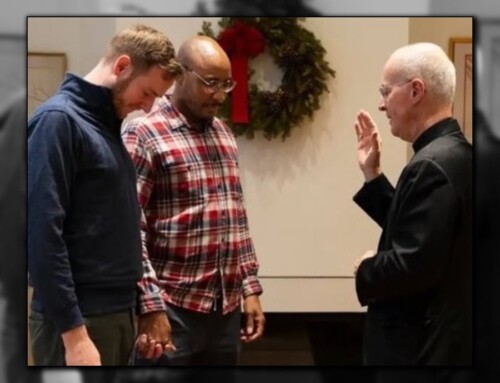
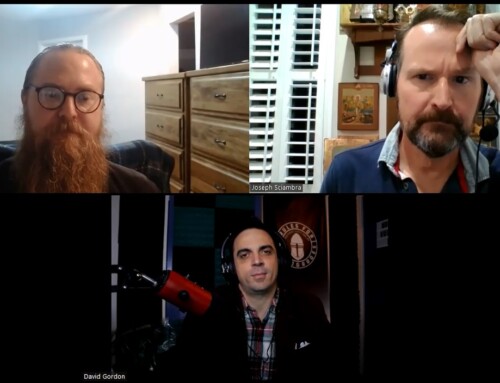
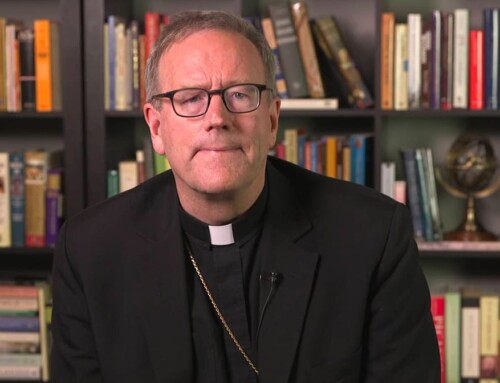
I live in Poland and I experienced only glimpses of horror you described at novus ordo masses mostly clapping or strange homily. I never was at latin mass but if I were in the us who knows where I would wander seeing things like that going on inside the churches
This is how my parish is, and it drives me nuts. I know it’s still the mass, but it makes me so sad. I long for reverence.
I would also say, by 2016, that environmentalism or any other current social warrior ism is also a search for meaning.
Joseph that describes the parish I grew up in too. in the late 70s early 80s. guitar music that seemed more appropriate for the fireside campfire ” there is a season, turn turn turn ..” , to the lack of reverence. lack of marian devotion. bad sermons. of three children in our family I am the only remaining practicing Catholic as an adult. In the late 80s having moved to pasadena I began attending a larger parish. My husband played the drums in the life teen mass .. I remember the priest inviting every teenager and child up to the altar where they held hands around him as he consecrated our Blessed Lords Body and Blood. before and after mass finished people talked openly .. The tabernacle was off to the side .. The sermons where weak and mainly about being a “nice person “. I think God that I woke up and left that Parish I think God that I woke up and left that parish. so many of our children left too but left the Faith for good. what they saw there had no reverence. no beauty. no depth. The true Catholic faith – the mass itself – should not be reduced to a weak feminized thing unresembling it. the true Faith should draw in young men rather than repel them.